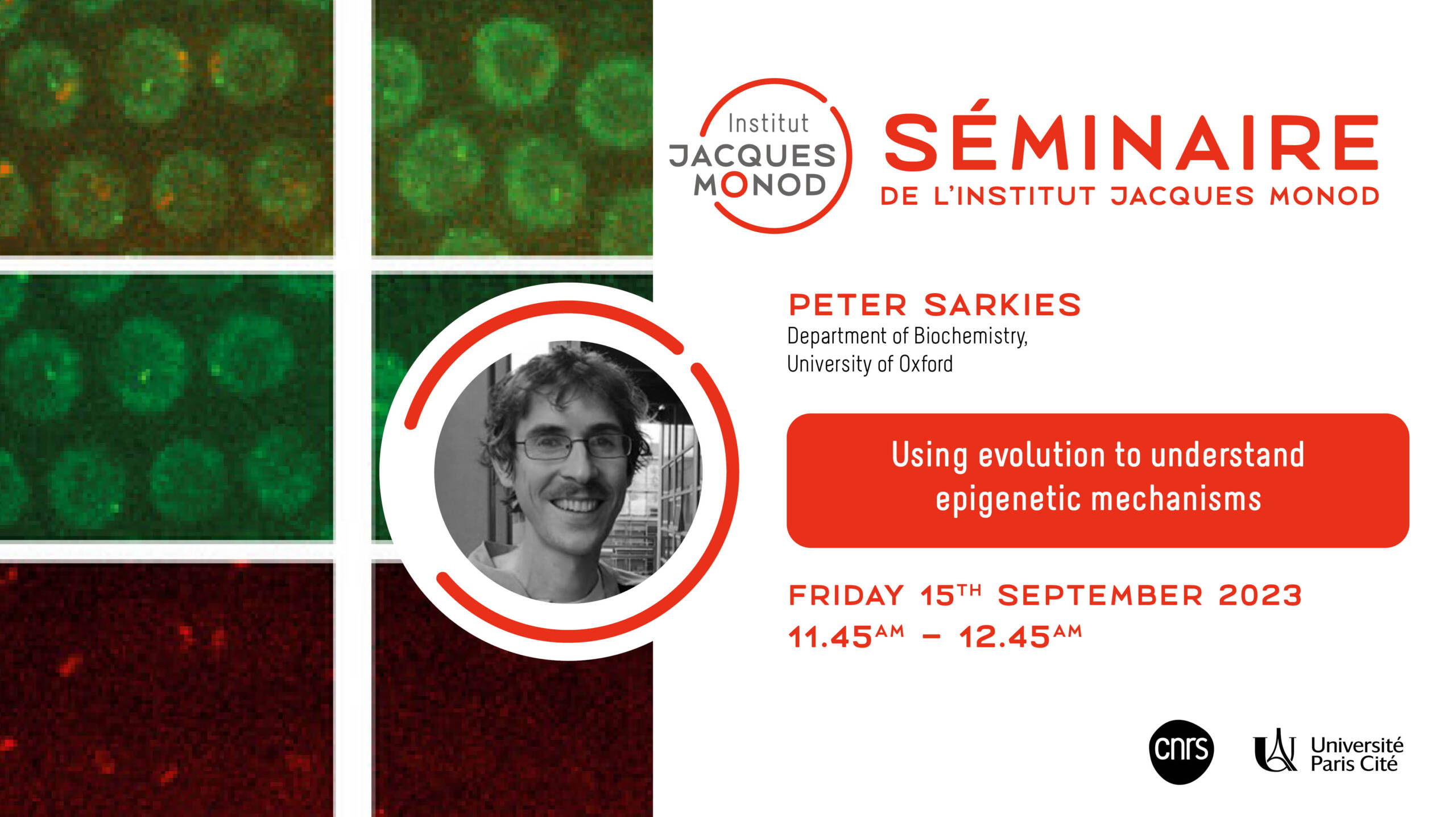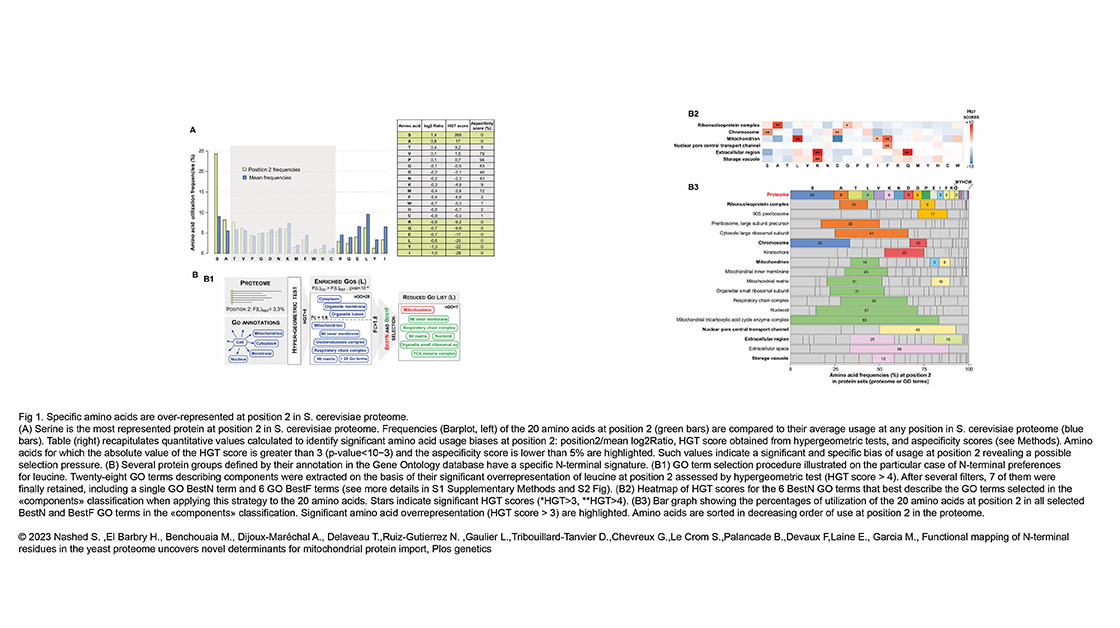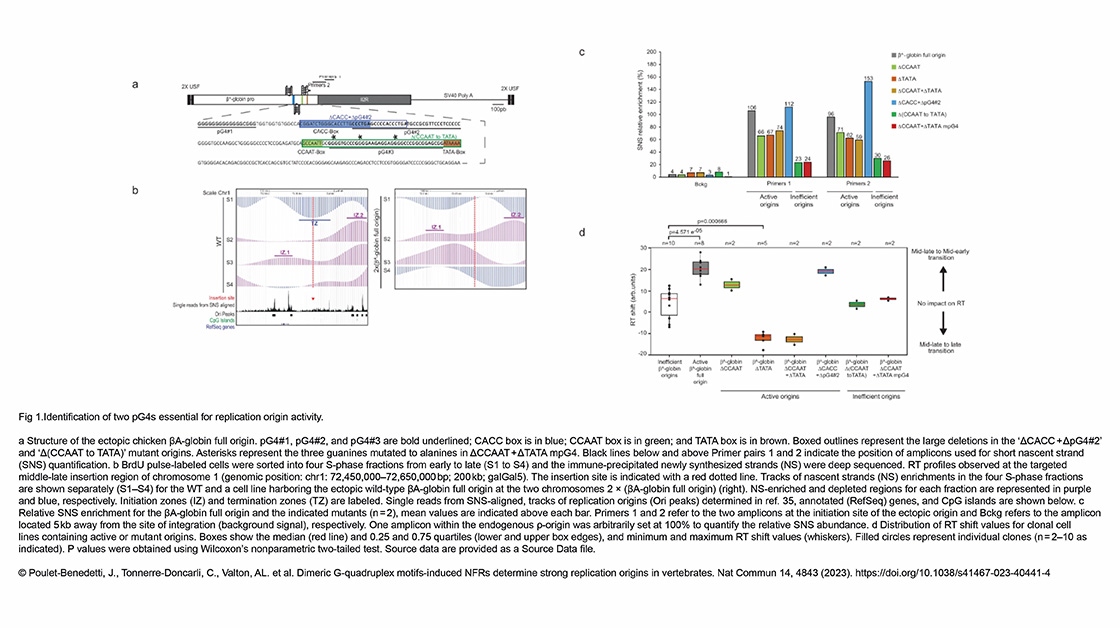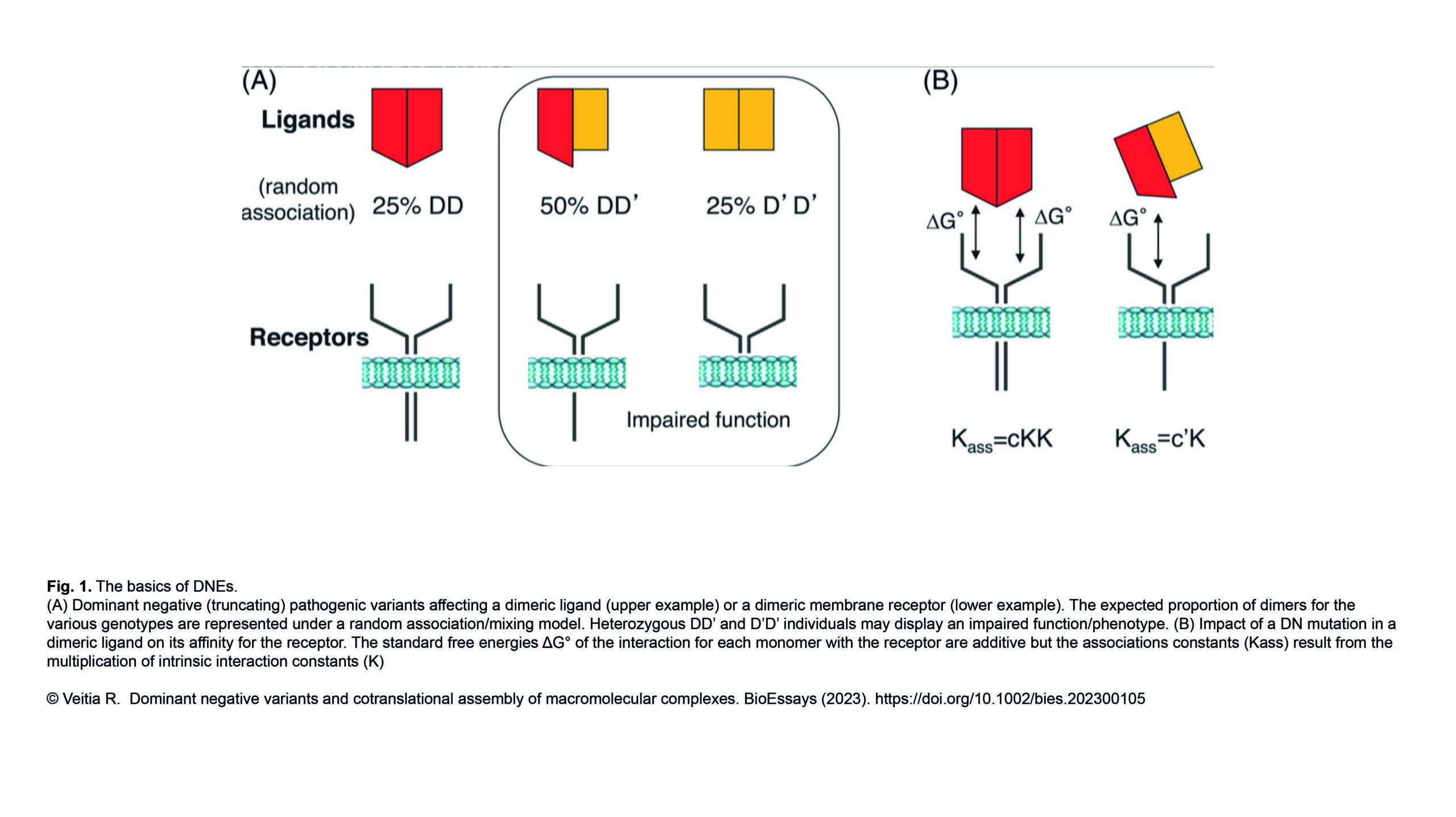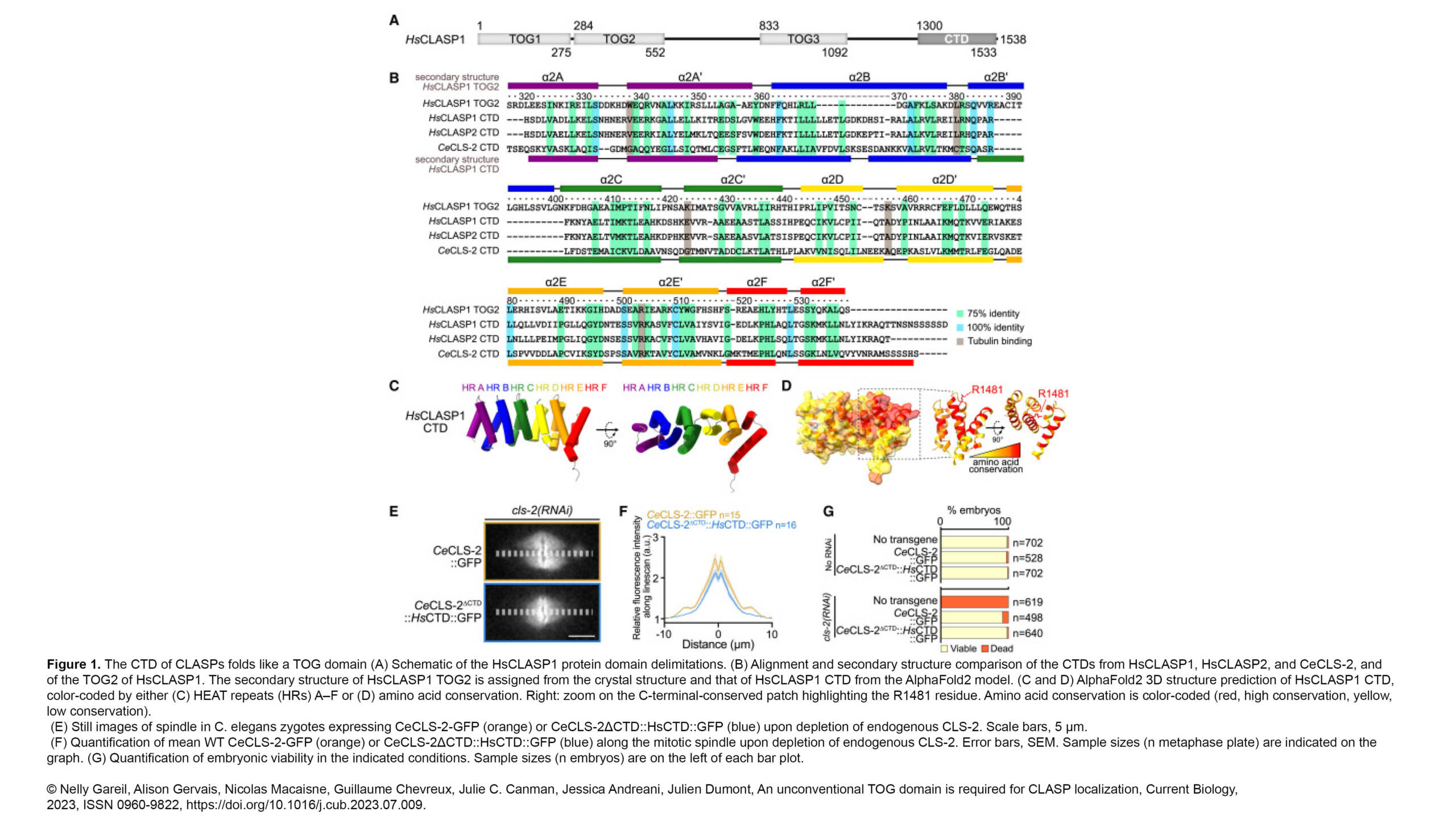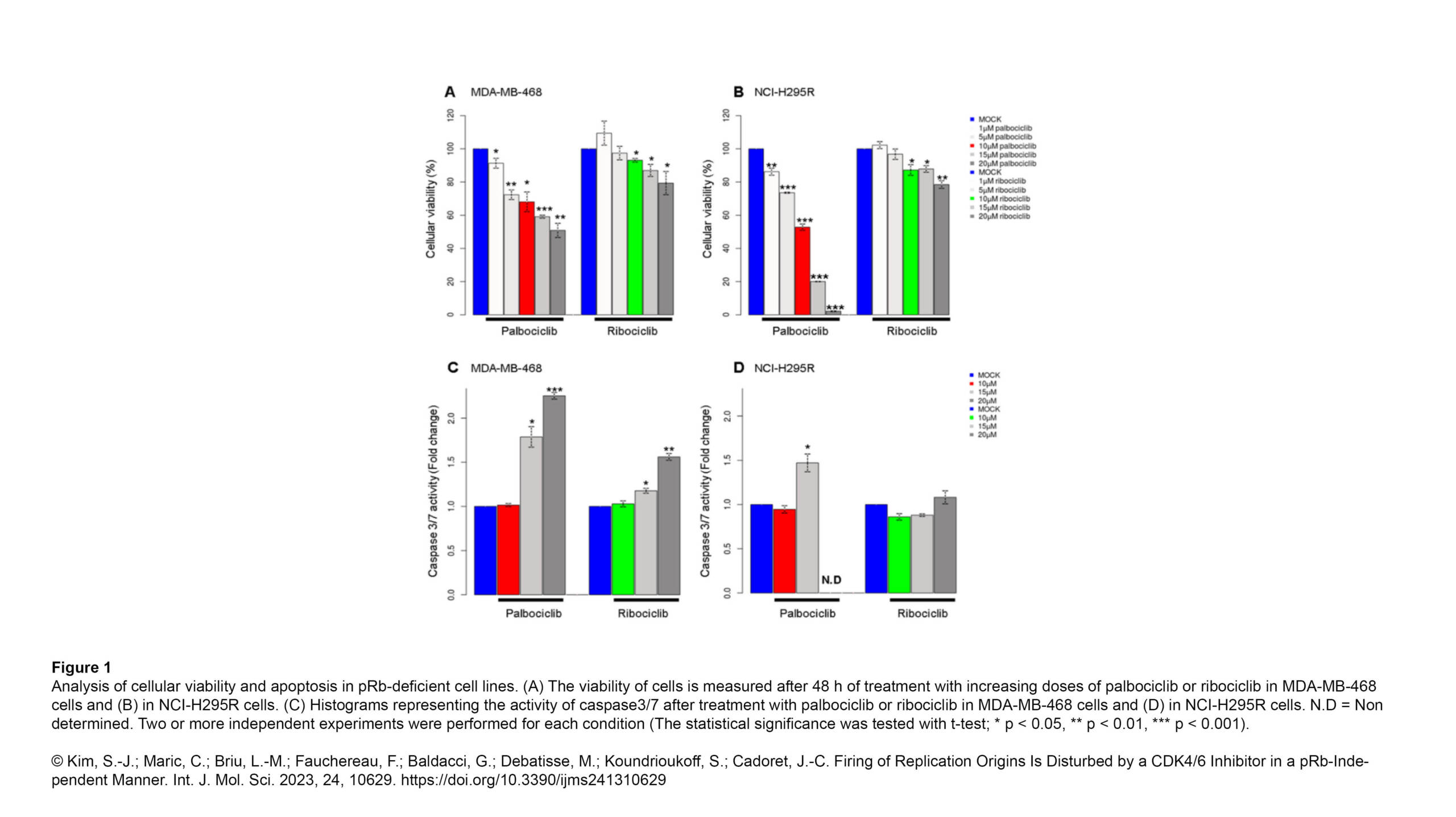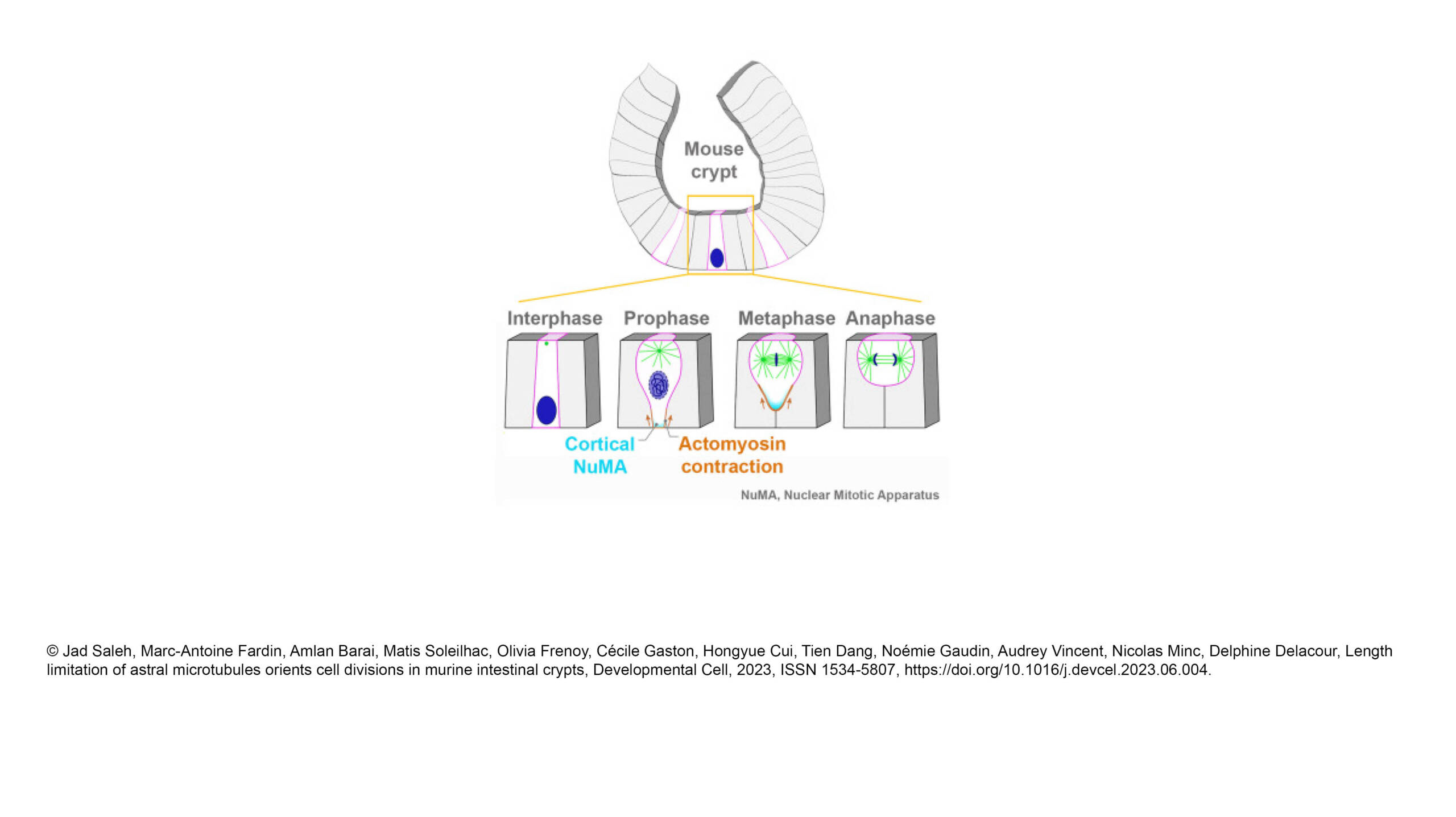Invité par Sandra Duharcourt, Peter Sarkies (Department of Biochemistry, University of Oxford) donnera un séminaire IJM sur le thème :
Using evolution to understand epigenetic mechanisms
Epigenetics and Evolution
Epigenetics allows different types of cells in the body to turn different sets of genes on or off without changing the underlying DNA sequence. As a result, epigenetics…
